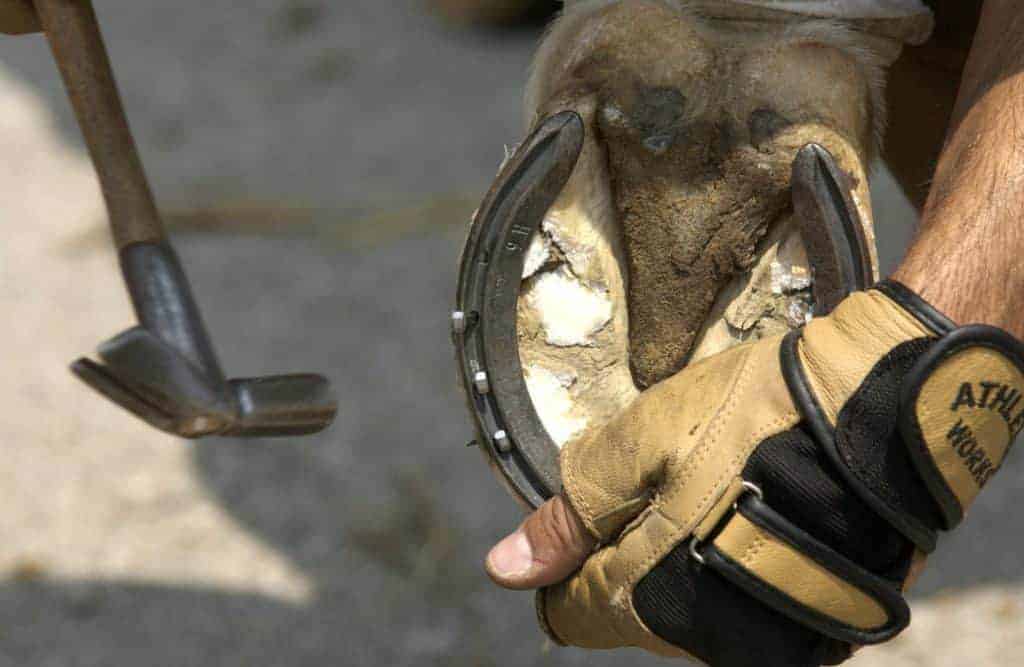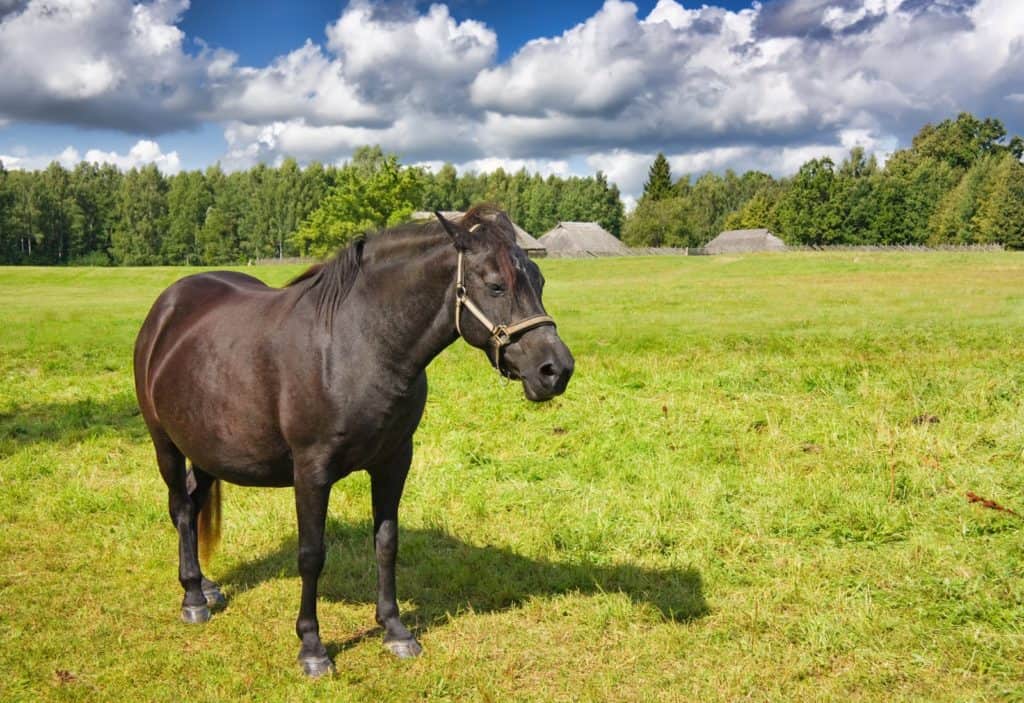
Cushing’s and EMS: What’s the Difference?
Practitioners must use clinical signs and laboratory testing to distinguish between these sometimes similar ailments.
Prevention and treatment for problems of the equine foot

Practitioners must use clinical signs and laboratory testing to distinguish between these sometimes similar ailments.

Years ago, vets relied on clinical signs to diagnose PPID. Find out how the disease is diagnosed now.

Once the biomarkers identified in this study are confirmed through more tests and larger samples, scientists might be able to develop treatments to prevent chronic pain, researchers said.

Researchers confirmed some suspected patterns in PPID clinical signs and identified others they considered surprising.

The earlier you can detect endocrine conditions such as PPID and EMS, the better chance you have of preventing associated laminitis in affected horses.

This suggests old horses need an appropriate diet and management plan to help minimize the risks associated with insulin dysregulation, such as laminitis.

Consider these dietary changes to help reduce the laminitis risk and discuss with your veterinarian whether certain medications could help your horse.

Researchers are working to help owners find ways to help their horses lose weight no matter their circumstances–from boarding facility set up issues to unsound horses that can’t be exercised.

Nails that have punctured the bottom of a horse’s hoof, sometimes called “street nails,” require careful veterinary inspection and treatment. Here’s what to know.

Drs. Peter Morresey and James McLeod share regenerative medicine insights from clinical and research perspectives.

Farriers believe the American Veterinary Medical Association’s (AVMA) proposal to eliminate them from a list of exemptions in the latest suggested revision to the Model Veterinary Practice Act (MVPA) could carry unintended consequences.

Researchers identified a link between glucose and insulin concentrations (measured using an oral glucose test) and risk and onset of laminitis.

Do horses with PPID, EMS, and/or IR have a greater laminitis risk after receiving joint injections? Drs. Vern Dryden and Amanda Adams respond.

Since Barbaro’s death due to supporting-limb laminitis more than a decade ago, researchers have made great strides in understanding it, why it develops, how to treat it, and more.

Manuka honey contains biologically active compounds that appear to help horse wounds heal, particularly hard-to-treat wounds on the lower limbs.

With proper diagnostics, correct treatment, and careful management, many horses can overcome laminitis complications.
Stay on top of the most recent Horse Health news with
"*" indicates required fields